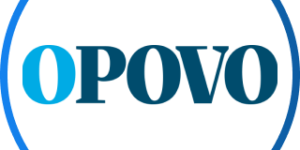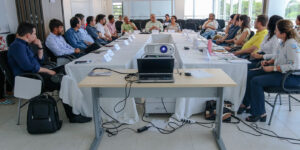Pesquisadores planejam pós-graduação em Saúde Digital
Pesquisadores planejam pós-graduação em Saúde Digital 14 de fevereiro de 2020 Fonte: Arquivo Pessoal Os pesquisadores do Laboratório de Redes Inteligentes e Integradas em Saúde Digital (LARIISA) realizaram nesta quinta-feira, …





